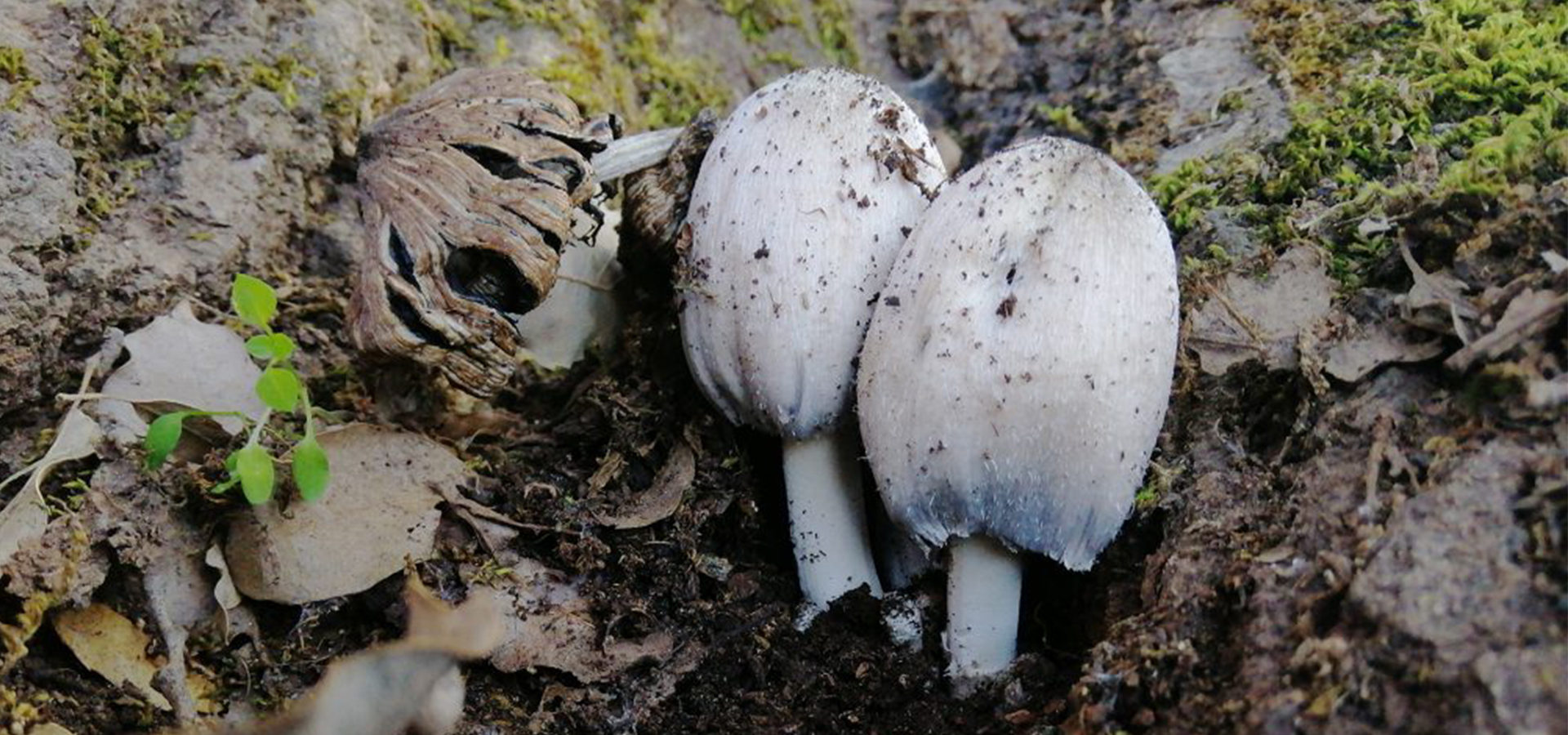
Mushrooms land
- March 20, 2022
- 0
Prepared by Romy Azar and Dr. Rana El Zein
Jaw dropping, spectacular, weird, mysterious, & out of the ordinary are common terms applied upon the discovery of wild mushrooms. They come in various shapes, sizes, and colors, a very diverse world; underground as much as over the ground.
Have you ever encountered a specimen in your life or during your nature getaway? Not yet?
We definitely got you covered in this introductory article about wild mushrooms and where to find them in Lebanon!
Mushroom hunting (or foraging) will definitely change your perspective about the surrounding environment. While hiking, some hikers tend to walk quickly counting the steps and the kilometers strolled & don’t give much attention to the marvelous wildlife around them i.e. plants, animals and mushrooms!
In order to find mushrooms, you must slow down your pace and observe life around you in all its details: from the rocks to the soil; from the tree canopy down the branches, the trunks and all the litter covering the soil; all plant forms: from massive trees to bushy shrubs down to tiny plants and flowers covering the soils… it is within these details that your eyes will be granted with the enchanting presence and the traces of wild animals as well as astonishing mushrooms: from the discrete tiny ones to showy and big ones.
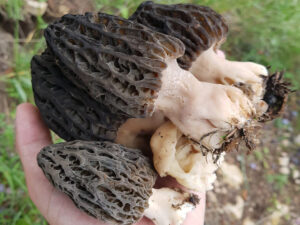
Where can we see mushrooms while hiking?
The next time you go on a hike in the fall or in early spring, when the soil is still humid, look for mushrooms around you. You can find them abundantly under the trees, or on dead decaying trunks that have been knocked by storms the previous winters or even on the carcass of dead insects, among the litter (dead leaves and branches covering the top soil) …
Plants? Animals? Or something else? What are these curious creatures that we call mushrooms or fungi?
Mushrooms are neither plants nor animals; they belong to a world of their own that scientists call “a kingdom”, separately from other living organisms i.e. plants, animals or bacteria… The visible part of the mushroom that we spot is actually its fruiting body (or carpophore), i.e. the part that it uses to reproduce and disperse. This visible part of the fungus is actually the tip of the iceberg, the massive part of the fungus relies underground and consists of a large web of filaments that scientists call mycelium. It is this underground part that helps the mushroom feed and develop.
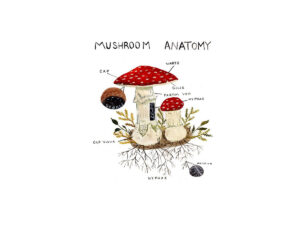
What role do mushrooms play in nature?
Mushrooms are essential for life. In the natural ecosystems, we call them “recyclers”: they decompose organic matter (alive or dead) and recycle essential nutrients back into the soil, making them available for plants to absorb and turn into food for themselves and for herbivores and carnivorous animals all along the food chain.
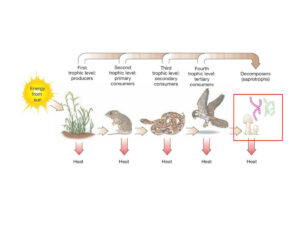
Some mushrooms are specialized in decomposing organic matters or dead plants and animals, we call them “saprophytes”.
Most of the mushrooms growing under the trees in the forest are helpful ones! Scientists call them “symbiotic mushrooms or mycorrhizal fungi”, since they help the tree grow and survive to the point where some tree species cannot live without their “friend mushrooms”.
Some mushroom species on the other hand are “parasitic”, they live to the detriment of plants and animals, to whom they steal the food and sometimes cause diseases.
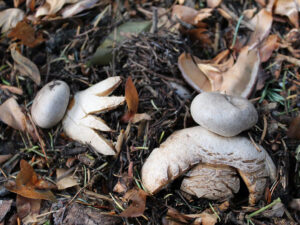
Mushroom season in Lebanon
Mushroom hunting season in Lebanon starts after the first rain, approximately from October till spring (April). Wild mushrooms grow in the woods (some grow in open fields) all over Lebanon but you just have to understand how and where they grow in order to find them. Optimal mushroom growth conditions are high humidity and normal temperatures between 15 to 20 °C, excluding thermophilic mushroom (i.e. mushrooms that tolerate remarkably hot environments).
Few research studies were done on Lebanese wild mushrooms with only 3 inventories available for the time being. The first one was done back in 1957 by two French professors Lyss and Ades who identified 213 species, followed by two unpublished Master’s thesis studies in 2006 then recently in 2019 done for Akkar region.
Given the diversity of mushrooms in Lebanon that has been observed by hikers, nature lovers and biologists on one hand and the lack of information and platforms about these wonders on the other hand, the Facebook group of Lebanese wild mushroom community and the Facebook page Fungi in Lebanon were born.
Mushrooms in Lebanon & Levant group is a space where amateurs, mushroom lovers, botanists, photographers … can interact freely with experts to share & identify their findings or ask any questions related to mushrooms.
The main purpose of Fungi in Lebanon page is to create an online consultable educational space where already identified Lebanese species of mushroom are displayed in plain sight with clear pictures and reliable information about each specimen.
Tips you need to know before you start your mushroom hunting adventure
If you’re planning to collect edible wild mushrooms and unless you are an expert, our first advice would be to get it checked by experts to avoid any unfortunate events or even death. That is why we also created Mushrooms of Lebanon & Levant, a Facebook group with a wide community bringing together experts & amateurs in the field of mushroom hunting.
In fact, not all mushrooms are edible or tasty. Some of them are tasteless but some are very dangerous: they can cause hallucinations, some are toxic and carcenogenic, while some are lethal! Yes, mushrooms can kill you! And many of the poisonous and lethal mushrooms can resemble edible one!
How can you tell the difference between an edible wild mushroom and a poisonous one? Unless you are very experienced in mushroom identification, you just can’t!!
Due to the risks associated with picking mushrooms we do not recommend unexperienced gatherers to consume any before a trustworthy identification is done by an expert.
Over the years, many superstitions have been associated with mushrooms. Some of these are amusing and harmless, but some are dangerous. It takes a good deal of education and experience to safely collect edible wild mushrooms. Meanwhile, enjoy learning more about wild mushroom and don’t forget to share your mushroom pictures with us on our community Facebook group!











